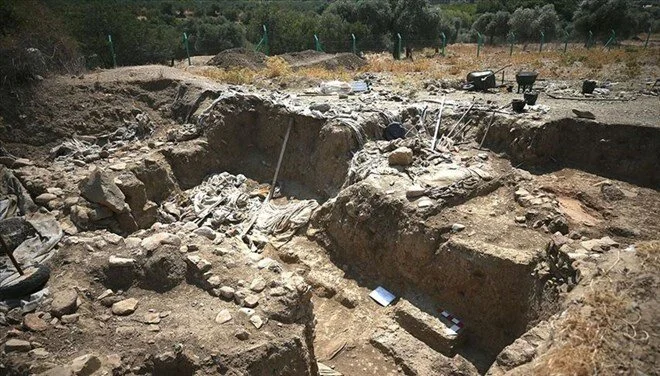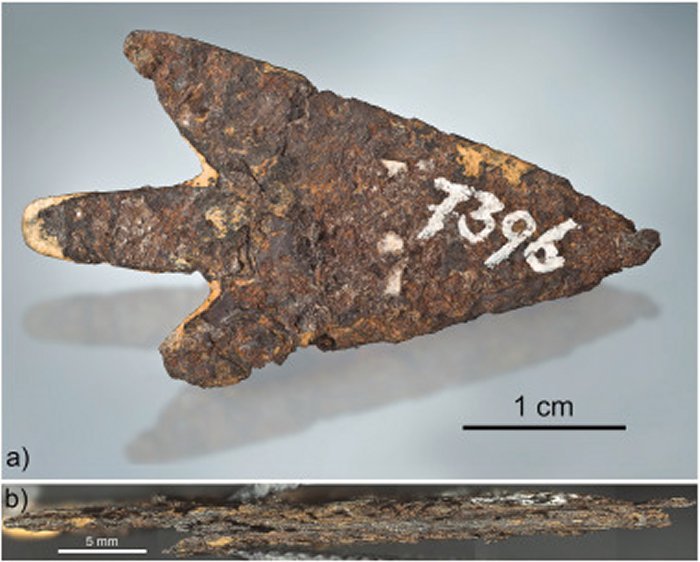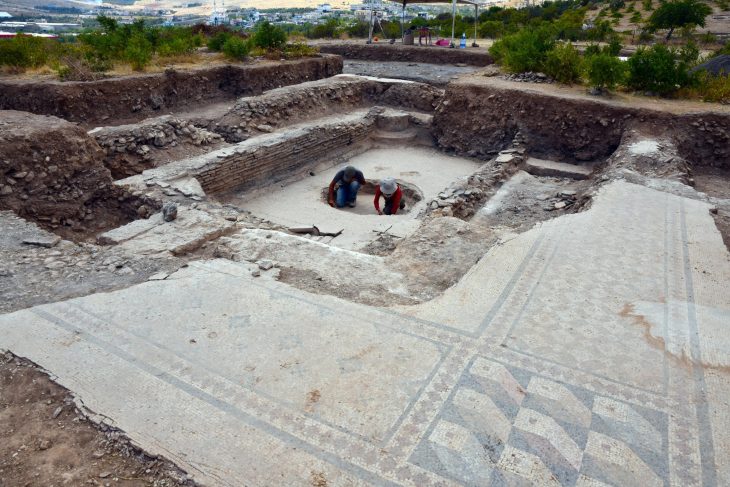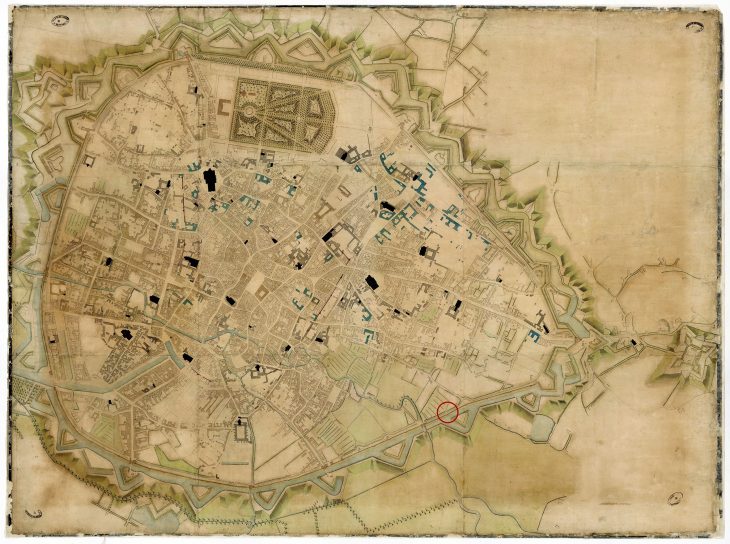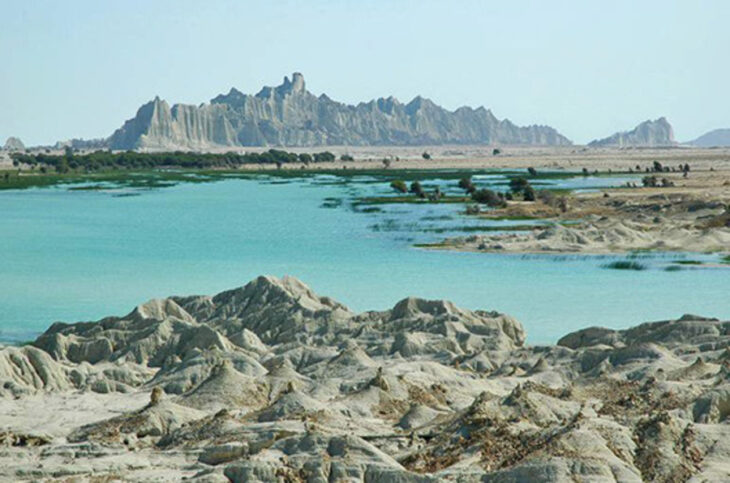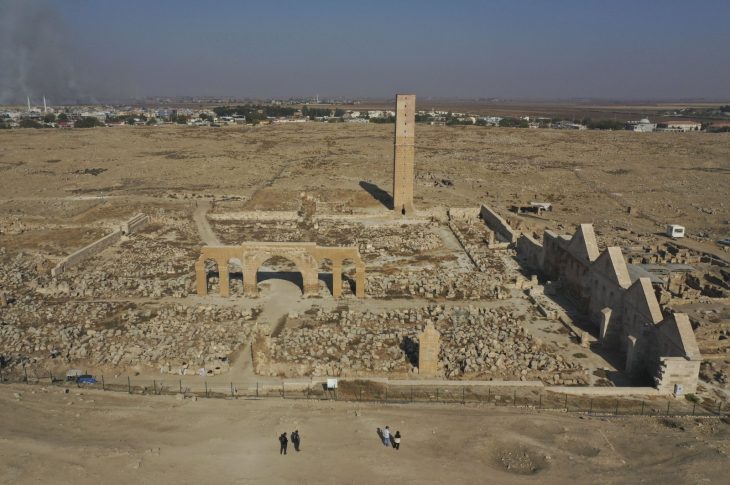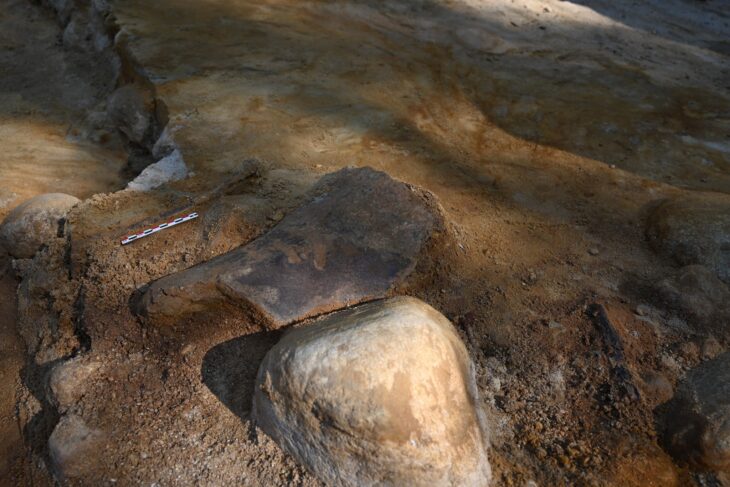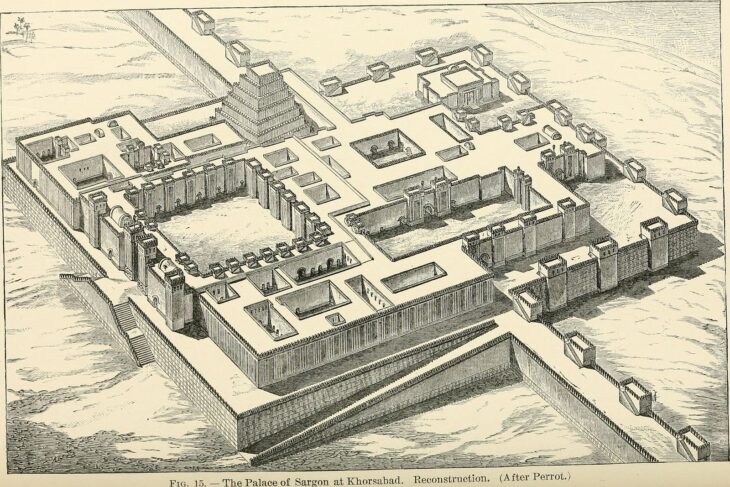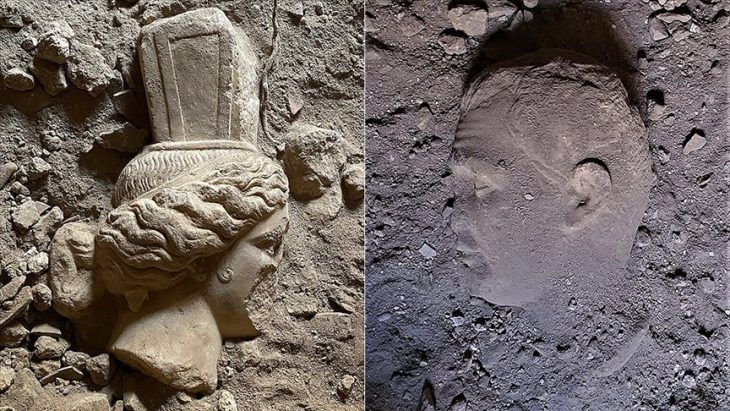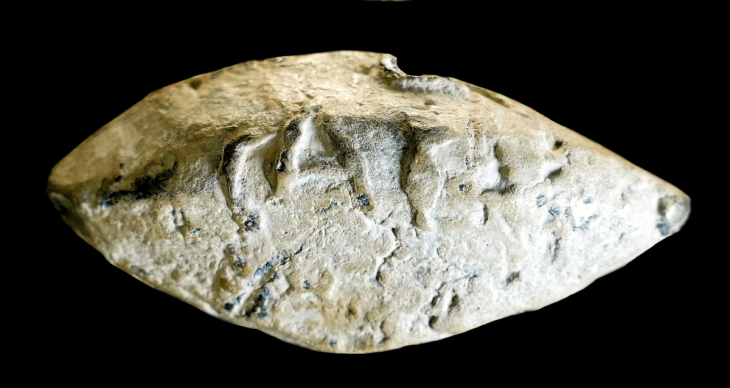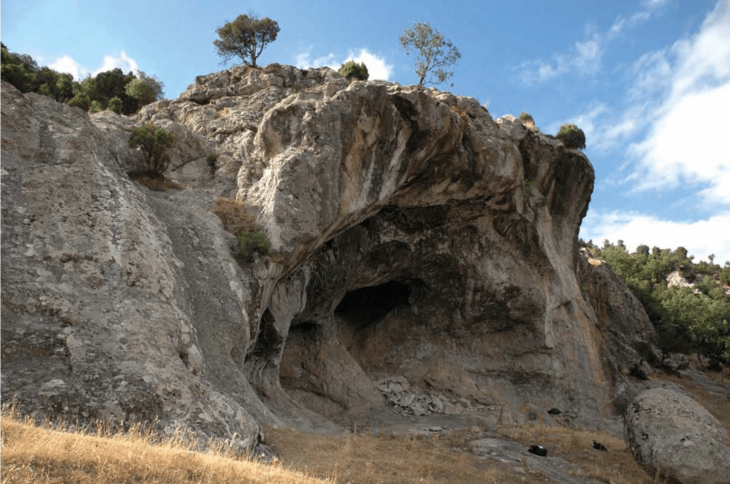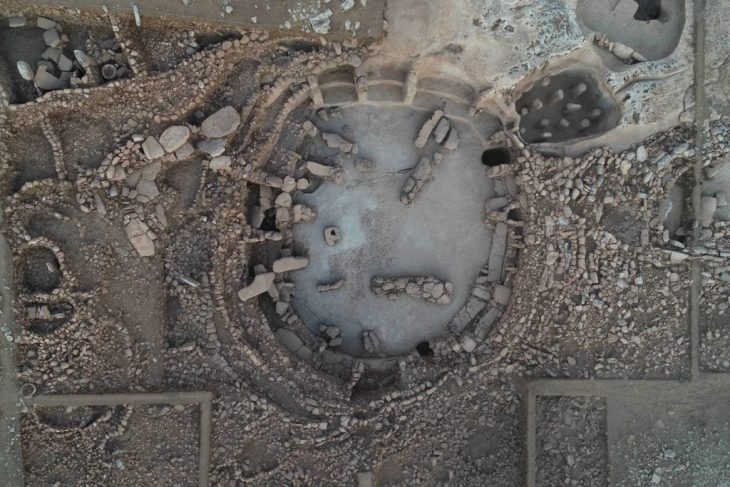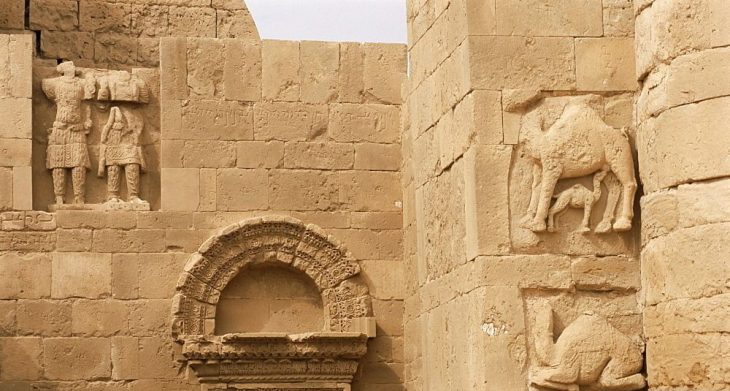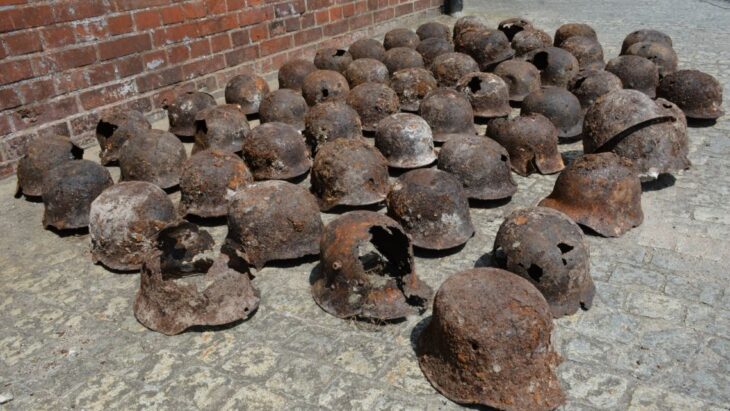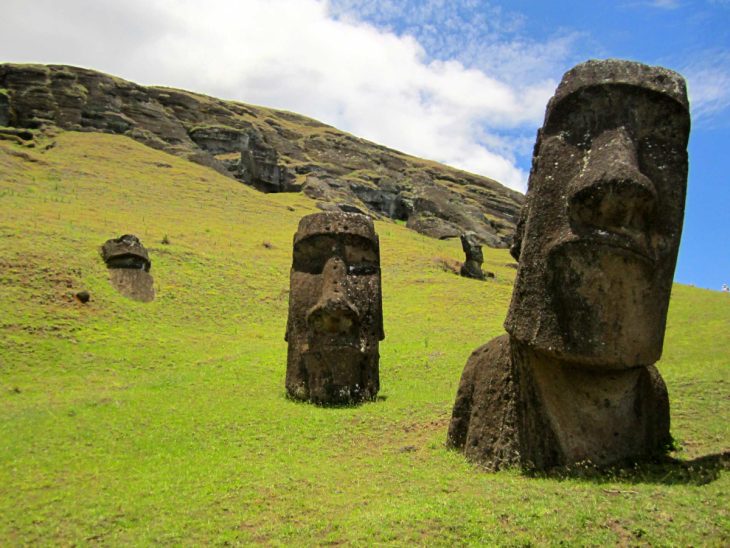Archaeologists excavating the Uğurlu-Zeytinlik Mound on Türkiye’s westernmost island in the Aegean Sea, Gökçeada (Imbros), have uncovered something never before seen in Aegean prehistory: the first architectural remains belonging to the earliest farming communities of the Aegean Islands.
The discovery, dated to around 8,800 years ago, places Uğurlu alongside Knossos on Crete as the only settlements in the Aegean Islands belonging to the first agricultural societies.
“The First Time We Have Encountered Such Architecture”
Speaking about the groundbreaking find, excavation director Prof. Dr. Burçin Erdoğu explained:
“This type of architecture has been encountered for the first time in the Aegean Islands, which makes it extremely valuable for us. We have identified a building style that is round in plan, with sunken floors, constructed using what we call the wattle-and-daub technique. The Uğurlu settlement, together with Knossos on the island of Crete, is the only settlement across the Aegean Islands belonging to the earliest farming communities. In this context, I can say that we have uncovered the architecture of the earliest farming communities in the Aegean Islands for the very first time.”
This statement underscores the discovery’s significance—not just for Türkiye, but for the history of the entire Aegean basin.
📣 Our WhatsApp channel is now LIVE! Stay up-to-date with the latest news and updates, just click here to follow us on WhatsApp and never miss a thing!!
Houses of the First Island Farmers
During the latest excavation season, archaeologists uncovered five domestic structures dated to circa 6800 BCE. These early houses feature circular plans, recessed floors, and reed-based wattle-and-daub construction, representing the earliest farming architecture ever documented on an Aegean island.
Until now, there was no architectural evidence to show how the first farming communities of the Aegean built their homes or organized their settlements. Uğurlu has now provided the first physical footprint of island farmers, transforming speculation into tangible reality.
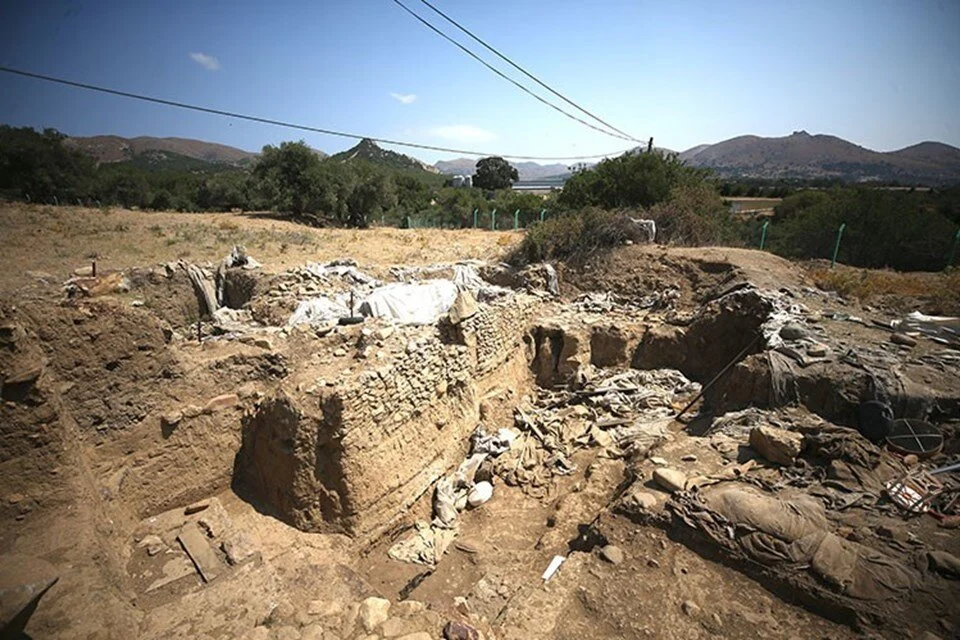
Why Architecture Matters
While evidence of farming practices such as crop cultivation and animal domestication had been documented in the region, architecture provides the clearest proof of permanent settlement and social organization. Until now, scholars had no architectural remains showing how the first Aegean farmers lived.
The discovery at Uğurlu changes this entirely. The structures confirm that early settlers were not temporary visitors but established communities, shaping the island landscape with enduring homes. This makes the site invaluable for understanding how farming lifeways took root across the Aegean Sea.
Farming, Herding, and Exchange
The significance of Uğurlu lies not only in its architecture. Botanical evidence reveals domesticated crops such as wheat, barley, and peas, proving that the first settlers brought agriculture from mainland Anatolia. Animal bones show that sheep, goats, cattle, and pigs were also part of their subsistence system.
Finds of obsidian from Melos and flint from both Anatolia and the Balkans confirm that these early islanders were integrated into long-distance exchange networks nearly nine millennia ago. Far from being isolated, Uğurlu was a crossroads of innovation and interaction in the Neolithic Aegean.
A Twin to Knossos
For decades, Knossos on Crete stood alone as the earliest known farming settlement in the Aegean. With the discoveries on Gökçeada, scholars can now identify a second, equally early site that belonged to the very first wave of island farmers.
This positions Uğurlu-Zeytinlik as a twin foundation of Aegean Neolithic culture, bridging Anatolia and the Aegean, and reshaping the understanding of how farming spread across seas as well as over land.
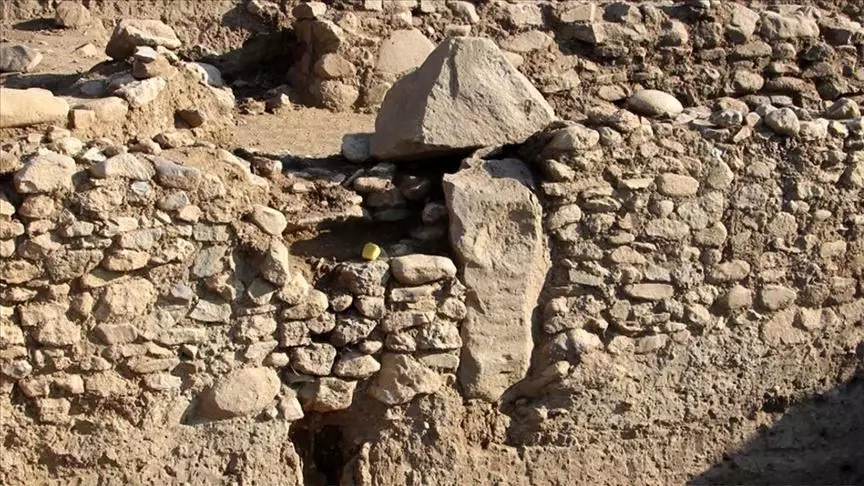
Rewriting the Origins of Aegean Civilization
The revelation that the earliest Aegean farming architecture has finally been uncovered challenges older narratives and expands the map of Neolithic life in the islands. It proves that permanent settlement and architectural innovation were not limited to Crete, but were also firmly rooted in the northern Aegean nearly 9,000 years ago.
As excavations continue, Uğurlu is expected to provide even deeper insights into how agriculture, architecture, and social complexity spread across island landscapes—marking it as one of the most important archaeological sites in the region.
Conclusion
The Uğurlu-Zeytinlik Mound on Gökçeada has delivered a discovery of unparalleled importance: the very first farming architecture of the Aegean Islands. Through its round, sunken, reed-woven houses, the site reveals how the first island farmers lived, worked, and connected with neighboring regions.
By standing shoulder to shoulder with Knossos, Uğurlu not only rewrites the earliest chapter of Aegean prehistory—it firmly anchors Gökçeada in the story of how humanity’s first farmers shaped the islands of the Aegean Sea.
Cover Image Credit: AA

